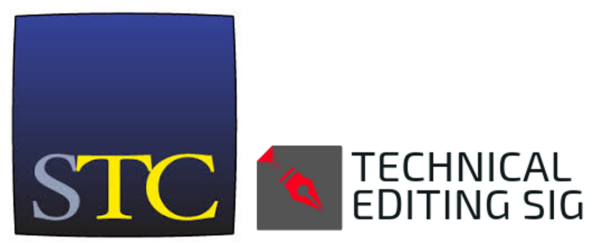Technical communicators serve as a cornerstone in the flow of feedback through organizations that goes well beyond editorial feedback on different content types.
On 10 February 2021, at 3 PM EST (UTC-5), Liz Herman will show you how to add some finesse to the way you give and receive feedback in your organization. Learn new ways to deliver meaningful feedback. Understand how to thoughtfully respond to feedback. Leave with some artful ways to approach the flow of feedback and some specific resources for additional learning.
This is a joint STC Technical Editing SIG, STC Santa Barbara, and STC Los Angeles event, and is open to members and non-members:
- TE SIG members: $0
- P&P SIG members: $0
- Santa Barbara chapter members: $0
- Los Angeles chapter members: $0
- Students: $0
- Other STC members: $10
- Non-members: $20
To register, click here.
